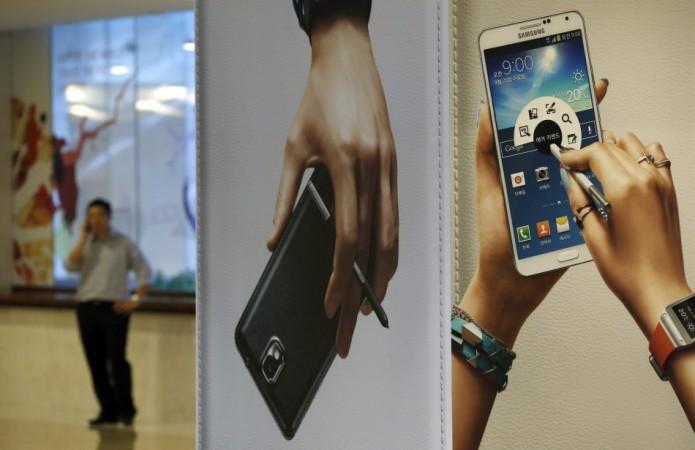
A new Android v4.4.2 KitKat HaWKiSH custom ROM has been made available to Samsung Galaxy Note 3 N900.
The latest Android KitKat custom ROM is based on the stock firmware (build number: N9005XXUEND5 ) and comes with performance enhancements, exclusive HaWKiSH themes (5) & lock screens (2) options, multi CSC (EUR by default), Hardware Acceleration (GPU UI Enabled), optimized Framework & applications, super smooth & faster UI, Busybox, SuperSU and many more.
Pre-requisite (things to remember before the installation of custom ROM in the smartphone):
- Though custom ROM gives unrestricted powers (options) to the device, it is a two-edged sword- once installed, smartphone company's warranty stands void and will no longer be liable for future updates [warranty can be restored simply by flashing the device with stock-ROM].
- This custom ROM has to installed only on Samsung Galaxy Note 3 N900 [To check your model: Go to Settings >> About device >> model number ]
- Rooting of devices leads to complete data wipe out, so make sure to back all the data.
- Users make sure you have installed USB drivers on the PC to connect your smartphone Galaxy Note 3 N900.
- One of the main pre-requisite before installing custom ROM is that the phone must be rooted and must have installed ClockworkMod Recovery / TWRP.
- Make sure your smartphone has more than 80-percent battery.
[Disclaimer: This process is very technical and should be performed by a person with sound knowledge of rooting (or manual software installation) of Android devices. If the step-by-step installation process is not followed properly, there are chances of the smartphone getting bricked/ temporarily un-usable or may even lead to the device being permanently irreparable. In any eventuality, readers cannot hold International Business Times, India Edition responsible for any damage or claims if the procedure does not yield any desirable results or if smartphones get damaged. Hence users are advised to proceed with caution.]
Step-by-step installation procedure of Android v4.4.2 KitKat HaWKiSH Custom firmware for Samsung Galaxy Note 3 N900:
Step 1: Download HaWKiSH Android v4.4.2 KitKat firmware in to your PC.
Step 2: Connect Galaxy Note 3 N900 to PC via USB chord.
[Before plugging the phone to the computer, be sure you have installed USB driver software, if not, click here to download USB driver]
Step 3: Then, place Android v4.4.2 zip file into the phone's SD card memory. [User are advised to paste the .zip file in SD card root, not in any other folder]
Step 4: Now turn-off the device and disconnect from the PC.
[Note: Before installing the custom ROM, phone has to be rooted and got ClockworkMod/ TWRP softwares installed in, if not click here to download the firmwares - CWM Recovery/ TWRP]
Step 5: Then perform the regular Recovery Mode sortie by press holding 'volume (up)', 'home' and 'power' buttons.
Step 6: After entering ClockworkMod Recovery mode, perform full data wipe, by choosing 'wipe data/factory reset' [Note: use Volume keys to navigate and power button to select options, while operating under Recovery Mode]
Step 7: Now, empty the cache memory by selecting 'wipe cache partition'
Step 8: Then to come back to ClockworkMod recovery menu, and select 'advanced' and click 'wipe dalvik cache' [Note: This step is optional, but many recommend this procedure so that the user will not face boot loops or any other errors]
Step 9: Again go back to the main recovery screen and then tap 'install zip from SD card'
Step 10: Then tap 'choose zip from sdcard' and go to Android 4.4.2 ROM .zip file in SD card and enter the installation process. [Note: use Volume keys to navigate and power button to select options]
Step 11: Once done with the installation process, navigate to '+++++Go Back+++++' and re-start the device choosing 'reboot system now' seen in the recovery menu.
Now, your device (Galaxy Note 3 N900) will take minimum five minutes to complete booting process. Users then head to Settings >> select About phone to confirm the installation of custom HaWKiSH Android 4.4.2 KitKat firmware.
[Credits: Team Android]











